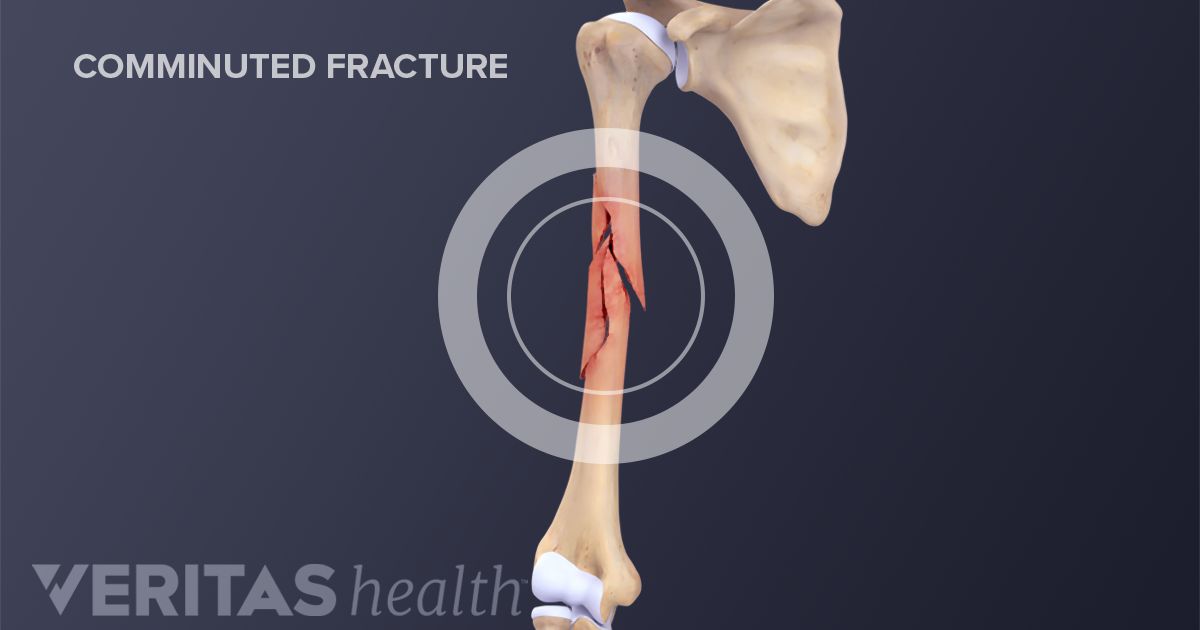

Ask your doctor to discuss these risks with you before your surgery. Small risks are associated with these surgeries. Typically, these surgical methods are accompanied by physical therapy, at-home exercises, and pain medication. external fixation, which connects screws or pins in the fracture to a metal bar outside your leg for added stability.internal fixation, which involves using screws, rods, or plates to hold the tibia together.The following surgical procedures are most commonly used to treat tibia fractures: Surgery may also be necessary if a combination of the nonsurgical treatments for fractured tibias don’t work. This is more likely if you have an open fracture, a comminuted fracture, or extreme instability in the bone or limb. In certain cases, your doctor may recommend surgery. Research for this treatment is still in its early stages. pain medications, such as narcotics or anti-inflammatoriesĪccording to a study published in the journal Injury, researchers are starting to investigate a potential nonsurgical treatment for fractures involving bone morphogenetic proteins.functional braces, which allow some movement of your leg.Nonsurgical treatment of a fractured tibia includes: any other fractures, such as a fibula fracture.extent of the injury, taking into account the amount of damage to soft tissues.Your doctor will consider several factors when treating a tibia fracture, including: Your body is more exposed to germs, increasing the risk of infection. Ligaments, muscles, tendons, and other soft tissue surrounding the fracture site are at risk of injury. This usually only occurs during bad falls and vehicle accidents. In open fractures, the broken bone breaks through the skin. Internal soft tissues such as tendons and blood vessels may be affected by this type of break. With closed fractures, the bone doesn’t break through the skin. Tibia fractures can also be closed or open. Often caused by a twisting force, this break causes a spiraling line to appear on the bone and may become unstable over time. This is the most unstable and severe type of tibia fracture. The bone breaks into three or more separate pieces. It may become more displaced over time, especially if the fibula is also broken. The bone fractures at an angle and is fairly stable.
#COMMINUTED OPEN FRACTURE PICTURES FULL#
This type of fracture is fairly severe and may require surgery for full recovery. The broken ends of the bone are separated and don’t align. The tibia is moved out of place when it breaks. The fracture is horizontal, and the bone can become unstable if the fibula is also broken. The broken ends of the tibia line up correctly and stay in place during the healing process. Conditions requiring surgery include the bone penetrating the skin, multiple broken bones, or injury to a major artery or nerve.ĭoctors often classify tibia fractures into the following categories: Type of fracture They may also order the following tests to get a visual image of the fracture:ĭepending on the extent of your injury, you may need emergency surgery.
#COMMINUTED OPEN FRACTURE PICTURES SERIES#
Your doctor will then perform a series of tests that check your muscle strength and whether you can feel sensation in the lower leg, foot, and ankle.


 0 kommentar(er)
0 kommentar(er)
